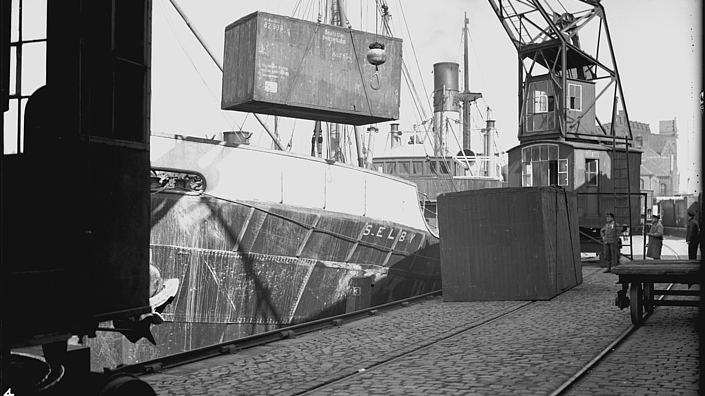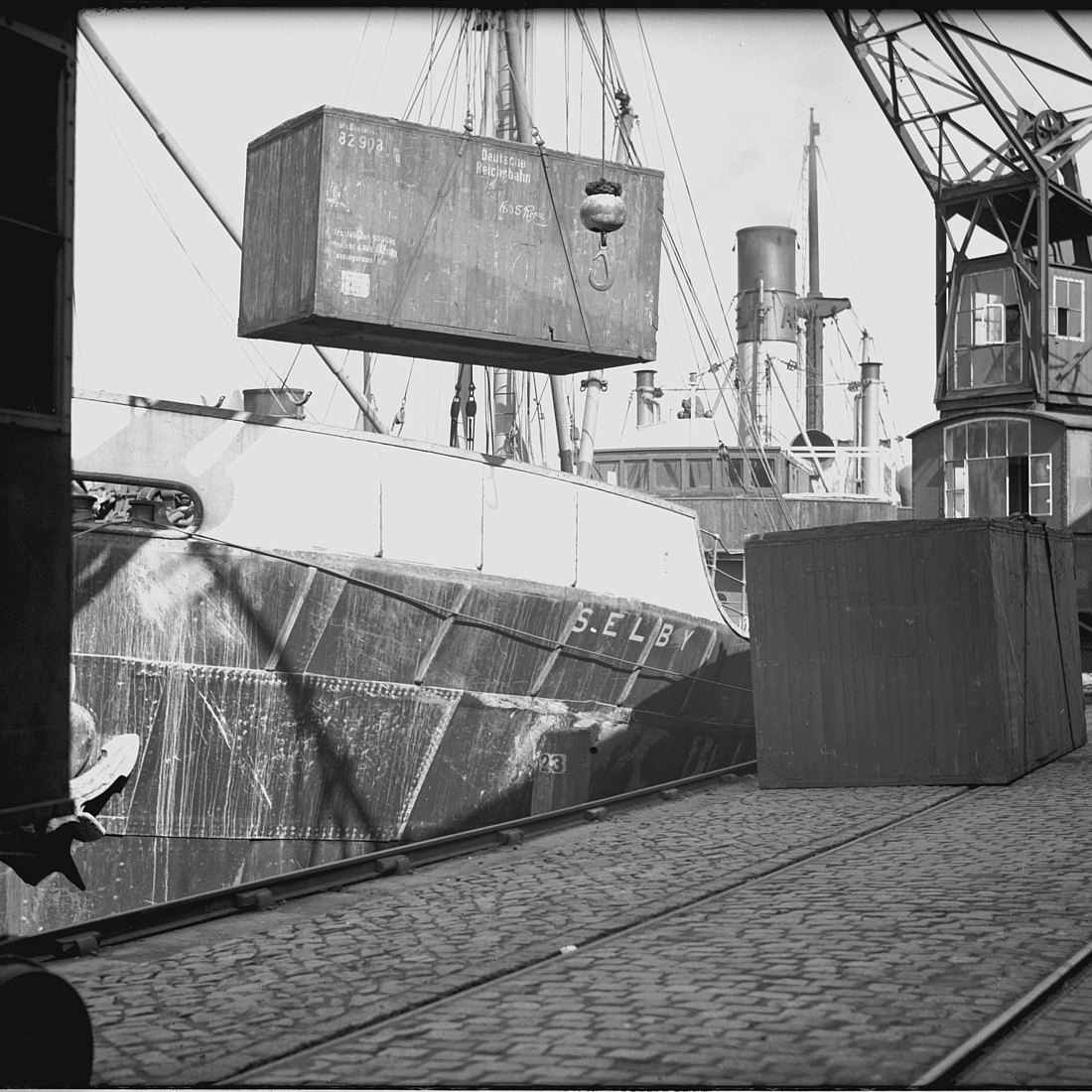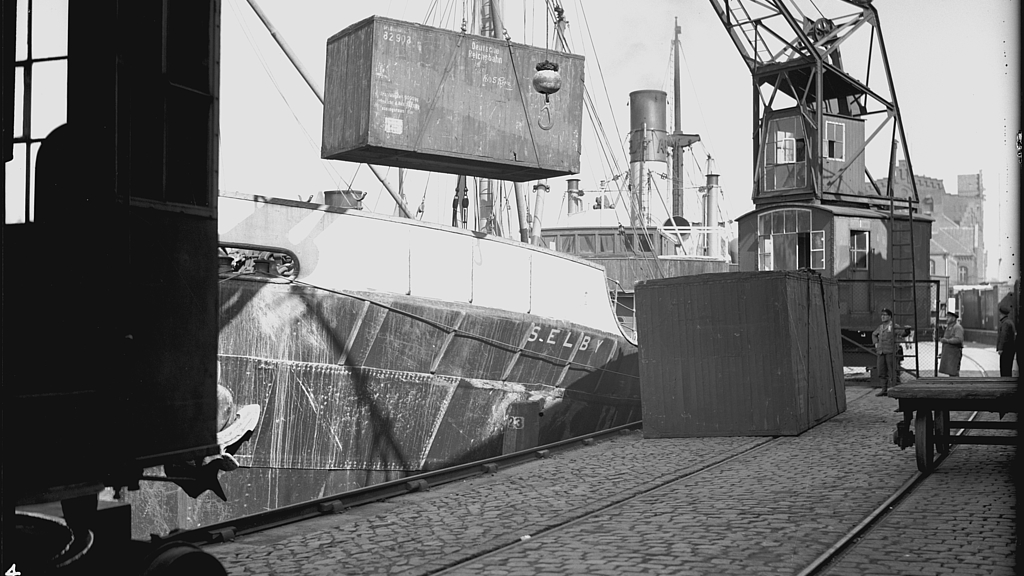LIFTProv - The handling of Jewish emigrants' resettlement goods in Hamburg after 1939: Participants, networks and ways of utilization
Research expertise at the German Maritime Museum bears fruit. Provenance research on the looted property of Jewish emigrants enters the second round
The LIFTProv project represents the second phase of the research on the belongings Jewish that has already begun in Bremen. The successfully completed project on the whereabouts of Nazi-looted goods at the German Maritime Museum (DSM) / Leibniz Institute of Maritime History is being expanded and is being financially supported by the German Center for Cultural Heritage Losses with about 200,000 Euros. As a logical consequence of the research on collection objects in the museum and materials from Bremen, the radius of the investigations will now be extended to Hamburg. The Hamburger Kunsthalle, the Museum für Kunst und Gewerbe, the Altonaer Museum, the Museum am Rothenbaum, the State Archive and the Hamburg State Library.
For people persecuted as Jews because of Nazi ideology, emigration from the Third Reich after 1933 was often the only way to save their own lives and those of their families. Detailed packing lists had to be submitted to the Gestapo and high taxes had to be paid. The household possessions - stowed in cartons and crates, called "liftvans" - left Germany on cargo ships, mostly via the ports of Hamburg and Bremen. The transported goods were brought to the port by freight forwarders and stored there until they were shipped.
When the war began in September 1939, civilian shipping was largely discontinued. Freight that had not yet been loaded remained in the warehouses, and ships that had already left were ordered back to Germany. From spring 1940, the Gestapo confiscated these unshipped goods in order to "utilize" their contents and allow the proceeds to go to the German Reich. The emigrants' private possessions were publicly auctioned off to the highest bidder on behalf of the Oberfinanzdirektion (Chief Finance Office). Buyers were not only private individuals, but also traders, museums and libraries.
Dr. Kathrin Kleibl (project manager 2020-2024) explains how overlaps and similarities in names can be found in the course of the initiated research process: "Shipping companies, port companies, customs authorities, the Gestapo, trustees and the bailiff's office have documented the goods and their routes well, so that we can understand the detours by which an object reached a new owner. In some cases, objects were sold via intermediaries before being offered to a museum. Certain names appear again and again." The aim of the project is to trace in detail the path of the relocation property from the time it left the owner's house to the new owner in order to provide a basis for locating and restituting the lost objects and works of art.
The database on relocation property, which was created in the previous project on the ports in Bremen, is now being expanded to include important information on the events in Hamburg and will continue to be supported by the painstakingly acquired expertise of the DSM team. In future, the database will also enable cooperation partners in Hamburg and the public to access information on objects that were confiscated and auctioned off during the Nazi era, as well as on those involved.
Kleibl continues: "The LIFTProv project is carrying out basic research and an overdue review of existing documents in the archives. In addition to the desire for restitution and the intended return of objects to the heirs, the events and those involved are being reclassified historically."
The project ran from 2020 to 2024 under the direction of Dr. Kathrin Kleibl, with Dr. Jacqueline Malchow supporting the team as a research assistant between 2023 and 2025. Since spring 2025, Susanne Kiel and Jana Schäfer have been working as research assistants in the Hamburg LIFTProv project.
Contact Person
LostLift Database
Picture credits cover picture
Provided with the kind permission of the Speicherstadtmuseum Hamburg (Gustav Werbeck/HHLA-Fotoarchiv)
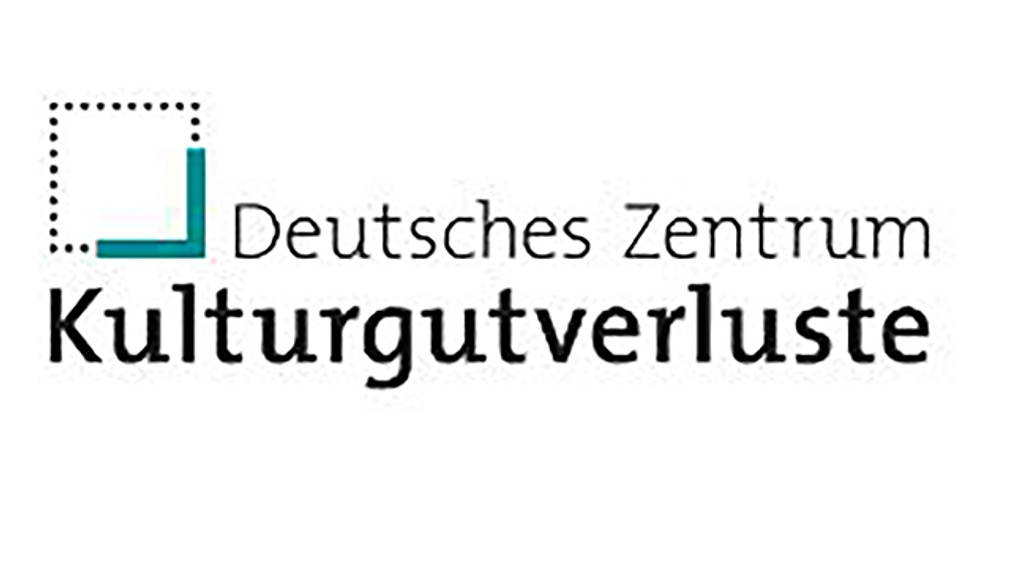
supportet by Deutschen Zentrum Kulturgutverluste
Further Links
Deutsche Welle: On the trail of a gigantic Nazi raid (2023)
Deutsche Welle: El robo nazi de arte - La búsqueda tardía de la justicia (2023)
Deutsche Welle: وثائقي - سرقة النازيين للأعمال الفنية - البحث المتأخر عن العدالة (2023)
Related Contributions
-Provenance research
Since 2017, the DSM has been systematically checking its collection for the provenance (origin) of cultural assets. The German Centre for Losses of Cultural Property supports the project.
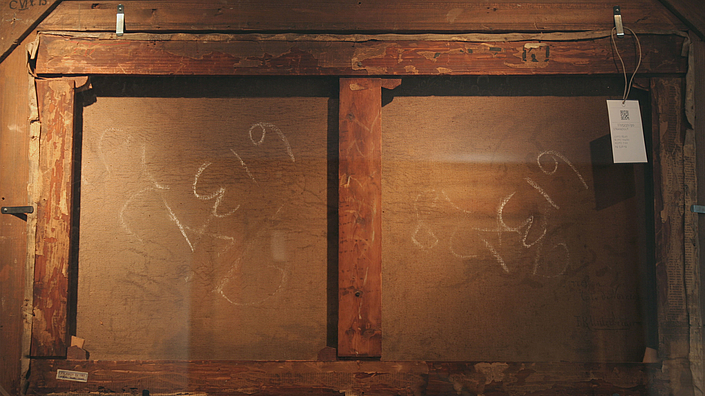
Provenance research at the DSM: An old engine and its history in the NS era
Since 1976, the single-cylinder four-stroke engine has been part of the collection of the Maritime Museum. Now the heirs of the former owner have been located.
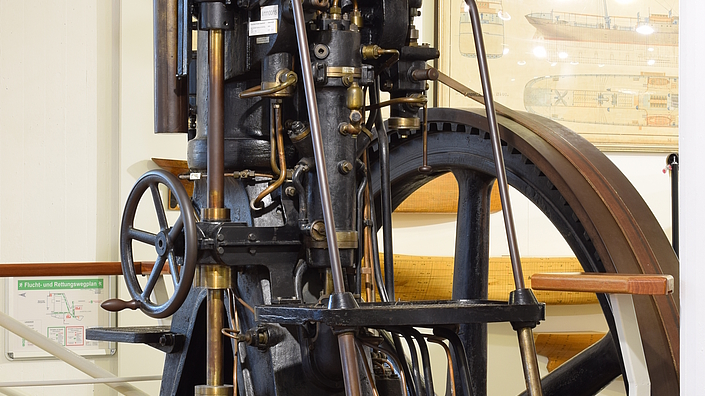
A silver cutlery of the Arnold Bernstein line
The DSM collection includes a multi-piece silver cutlery set from the former Arnold Bernstein Line from Hamburg.
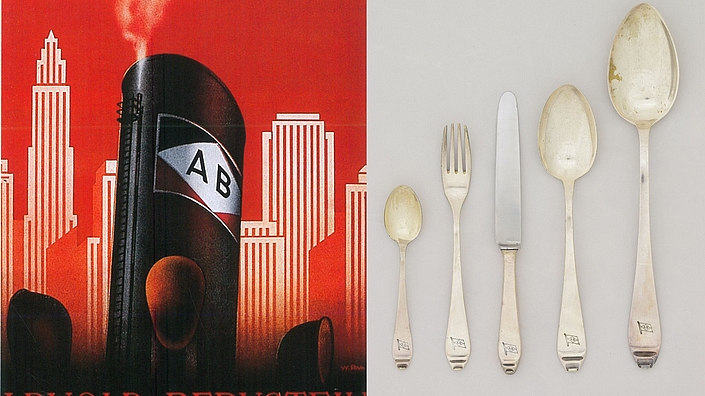
Jewish emigrants' resettlement goods in Bremen harbors
The research project aims to trace the path of Jewish emigrants' property from the time they leave their homes to the time they buy it.
Read more
